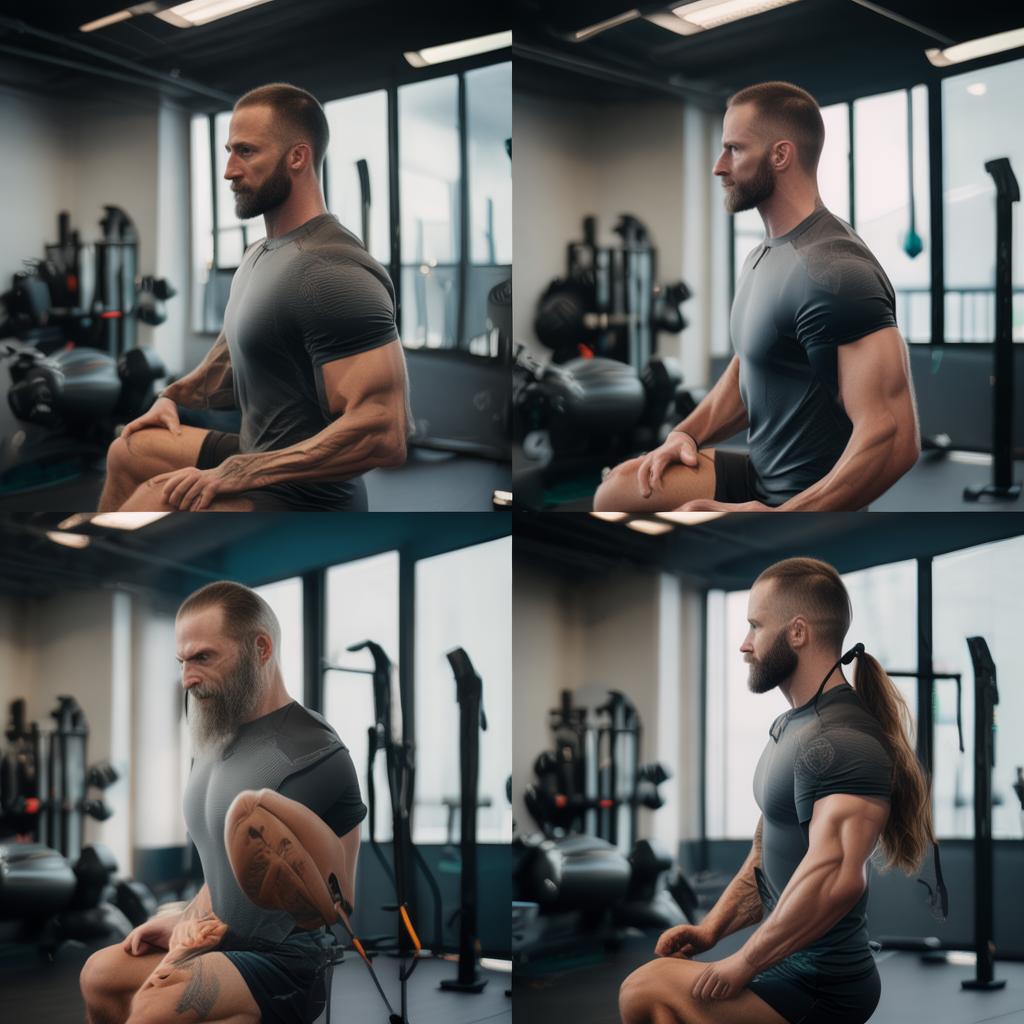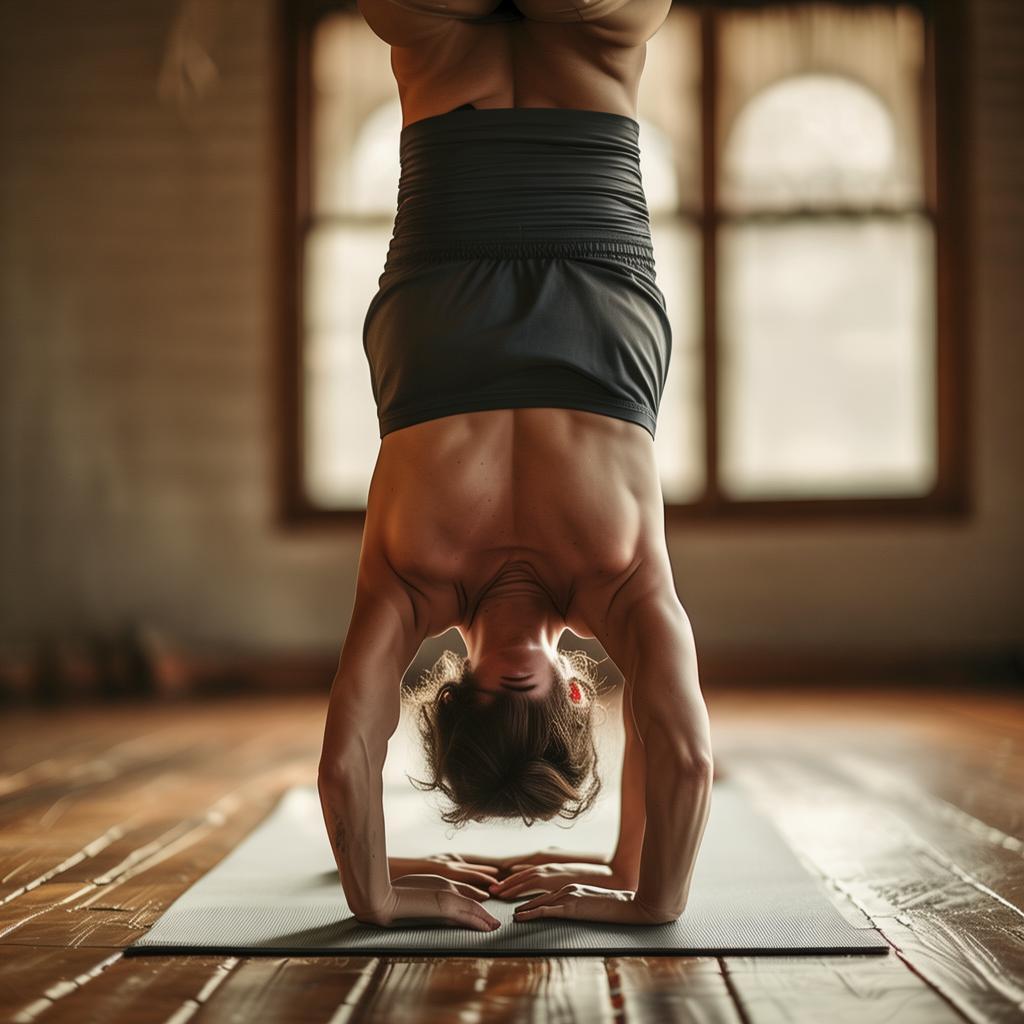The Allure of a Well – Developed Back
Whether you are new to fitness or a seasoned gym – goer, you must have heard of the term “inverted triangle”. It’s used to describe those with well – developed back muscles. The distinct lines and the outward extension of the latissimus dorsi make the back look like a “living map”. In the fitness community, there is a popular saying: “Novice trains chest, veteran trains legs, expert trains back”, which highlights the importance of the back muscle group in the body structure. However, unlike the pectoral and abdominal muscles that are easily visible, the back muscles are often overlooked because we can’t directly see them. Some people only practice chest exercises and neglect the back, which may lead to hunchback problems. Here are three golden movements for shaping the back muscle group.
T – Bar Push – Up Rowing
T – bar dip rowing is a favorite among fitness experts. It is the best exercise to train the thickness of the back muscle groups and also has a significant impact on the strength of the body’s core.
Action Process: First, place a barbell of a suitable weight vertically in the middle of your legs. Stand with your feet apart and fix the end of the barbell without weights to prevent it from shaking. Squat with your knees bent, hold the “T” handle with your hands, let your body sink naturally, keep your waist collapsed, head up, and chest and abdomen out. Inhale and pull the barbell to your abdominal position, and after a short pause, exhale and return the barbell to the starting position.
Attention to Detail:
1. Keep the core tense and the back straight throughout the exercise. When pulling the barbell to the abdomen, tighten the shoulder blades and pause slightly for two seconds before sending the barbell back.
2. For beginners, do not use a too – heavy barbell at first. First, feel the contraction of the back shoulder blades and the extension of the back muscles, and then gradually increase the weight after finding this feeling.
3. Do not rely on the inertia when pulling the barbell up and down. Always use your back to feel the movement so that the back muscles can be fully contracted and stretched.
Seated High Pull – Down
The seated high pull – down machine is a must – have in every gym. It is an easy – to – learn exercise equipment, mainly used to train the width of the back. It can fully stimulate the large round muscle, small round muscle, latissimus dorsi, posterior deltoid muscle, rhomboid muscle, and the size of the rhomboid muscle. The grip methods are divided into wide grip, narrow grip, positive grip, and reverse grip, and each grip has a different effect on muscle stimulation. Here, we take the normal – posture forehand wide grip as an example.
Action Process: First, sit on the high – pull – down apparatus, stick your legs and knees to prevent the body from shaking. Raise your head, grip the handle with your hands in front of you, sink your chest and shoulders, and tilt your body slightly backward. Inhale and pull the bar from above your head to your chest or collarbone position. At this time, the shoulder blades contract. After a pause of about two seconds, exhale and send the bar back to the starting position.
Attention to Detail:
1. Lean back a little when pulling the bar from high up to the chest.
2. Relax your shoulders when pulling down the bar and use your shoulder blades and latissimus dorsi to feel the muscle squeeze and contraction.
3. Do not bend your back or lean back too much during the exercise, otherwise, it will not only affect muscle contraction but also damage the joints.
4. Do not sway the body and use external force and inertia to pull the weight down during the pull – down.
5. Pull fast and release slowly during the practice to carry out centrifugal training and fully stimulate the muscles.
Pull – Ups
Pull – ups are a familiar exercise. Whether in the gym or in an outdoor park, we often see people doing this exercise. It is definitely the best way to test a person’s overall physical quality. More and more people are beginning to like this training method. In the practice process, you can use a positive grip or a reverse grip.
Action Process: Grip the bar with your hands in a positive grip (palms facing forward), with the width the same as or slightly wider than your shoulders. Lift your feet off the ground and let your arms hang naturally. Use the strength of the latissimus dorsi muscles to pull your body upward until your chin is next to the bar, stay still for two seconds, then gradually extend your arms and relax your body so that your body is perpendicular to the ground.
Attention to Detail:
1. Stand still for about two or three seconds while pulling the body upward to allow the muscles to contract at their peak.
2. Carry out centrifugal training during the action process, pull fast and release slowly.
3. Inhale when pulling up and exhale when putting down.
4. Do not let the body swing back and forth throughout the process.
5. According to your own ability, you can choose to keep your legs vertical or overlap them and bend backward when doing the action.
These three movements have one thing in common: throughout the movement, you must use the back scapulae and latissimus dorsi to feel the muscle contraction and squeeze, and pull fast and release slowly. Only by doing these two points can the muscles be fully activated, which plays a key role in muscle gain. In addition to hard training, we must also cooperate with a scientific nutrition diet and sufficient sleep to better promote muscle growth.





